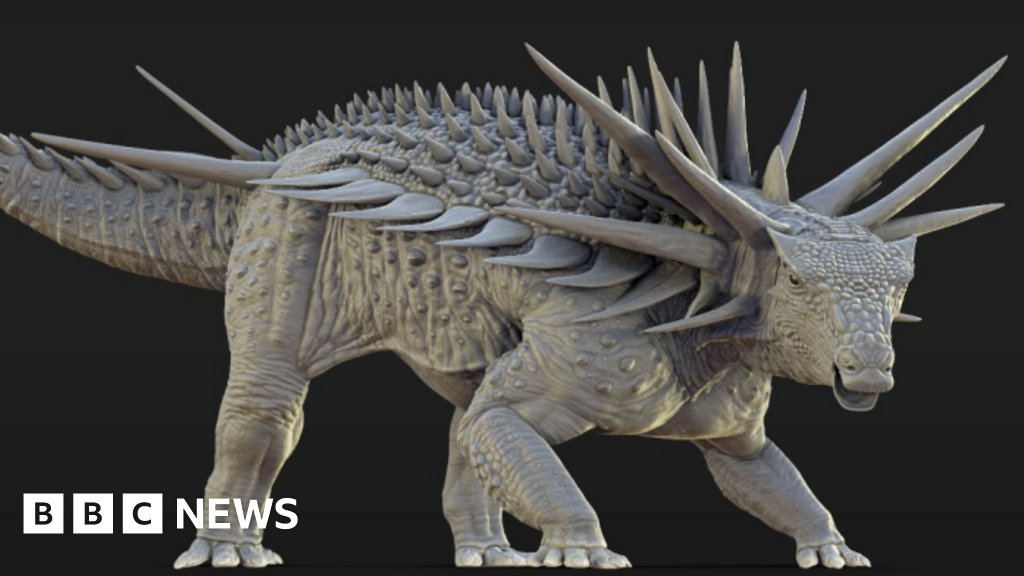In the dense jungle of Campeche, Mexico, just a short trek from the bustling highway, archaeologists have stumbled upon a concealed Maya city that has remained untouched for centuries. The site, named Valeriana, was revealed through advanced aerial scans originally intended for ecological studies, highlighting the efficiency of modern technology in historical research.
Marcello Canuto, an archaeologist at Tulane University and part of the research team, shared his astonishment at the extent of undiscovered histories lying secluded beneath dense foliage. "It’s humbling. It’s how easy it is not to know what’s just another 100 meters beyond what you can see when the forest is intact," Canuto reflected on the unexpected find.
The scans, examined by doctoral student Luke Auld-Thomas, revealed a layout replete with classic Maya architecture. "If you could design for a video game all of the classic features of a Maya city, they would look like this," Auld-Thomas exclaimed. The discovered site boasts temple pyramids, a regal palace complex, spacious public plazas, as well as essential infrastructures like reservoirs and dams.
In addition, the team identified residential structures, agricultural terraces, and remnants denoting advanced human practices, providing crucial insights into the social and economic frameworks of the Maya civilization. This discovery not only enriches our understanding of the Maya's architectural prowess but also underscores the potential for undiscovered historical treasures lurking within unexplored jungles.






















